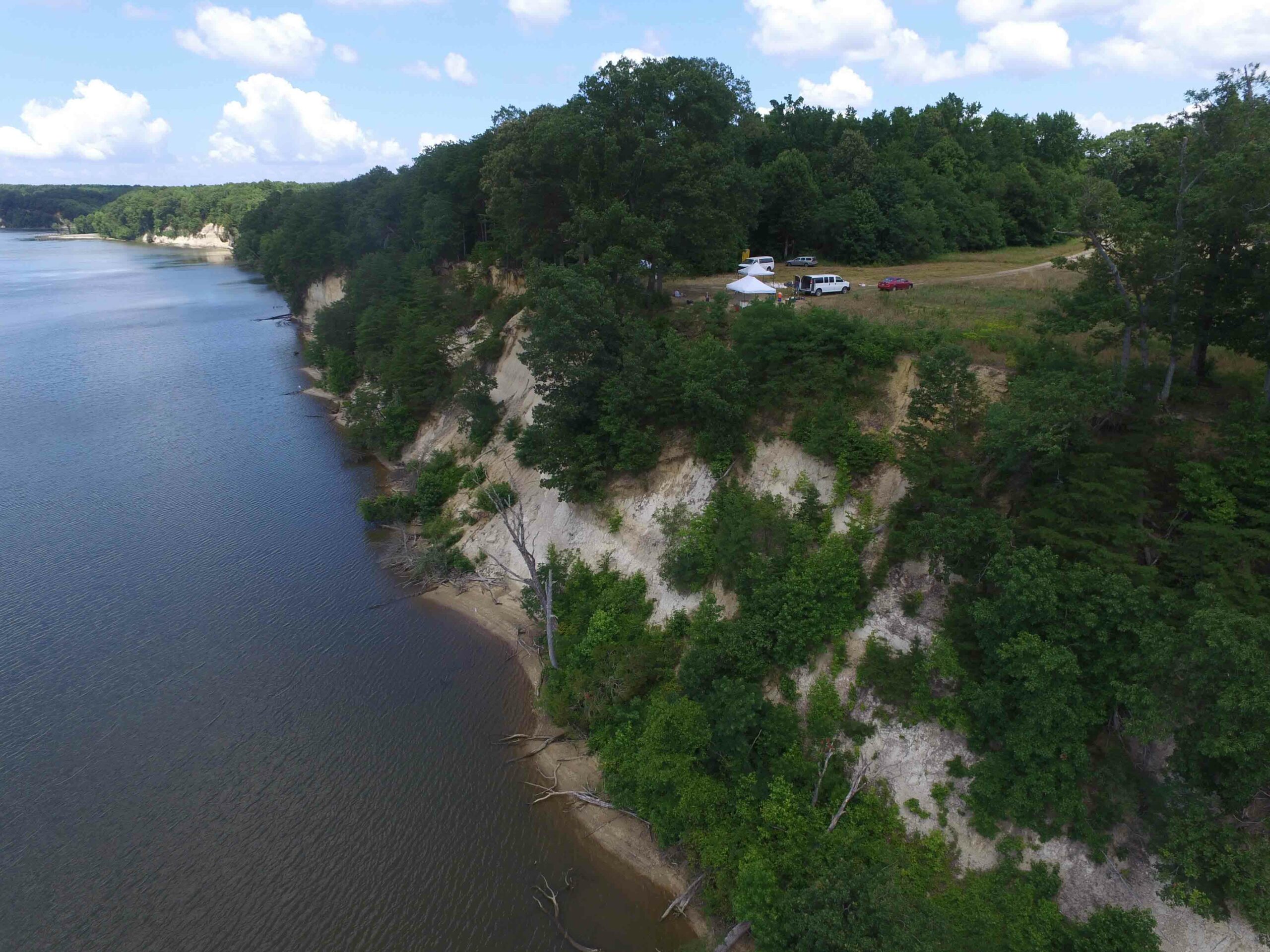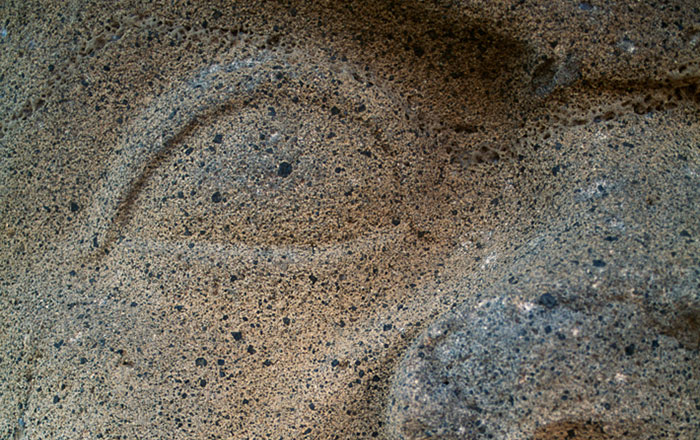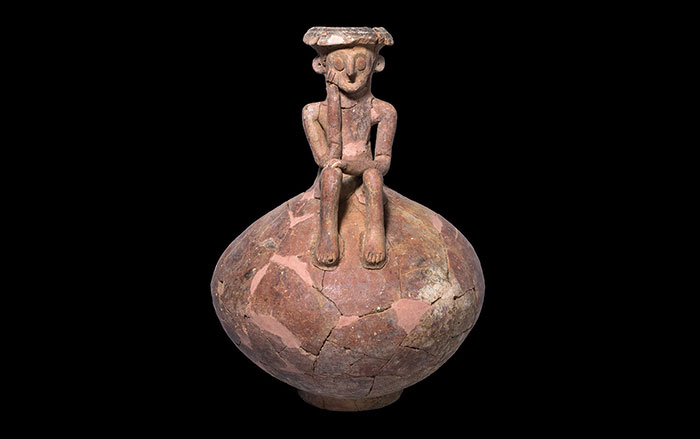
WESTMORELAND COUNTY, VIRGINIA—Fredricksburg.com reports that researchers are re-evaluating the supposed location of George Washington’s birth in Virginia’s Northern Neck. A structure called Building X was identified as Washington’s birthplace in the early twentieth century. But it now appears that this site likely includes remains of several structures that stood at different times, according to a new review of field notes, photographs, drawings, and artifacts by Philip Levy of the University of South Florida in collaboration with the National Park Service staff at George Washington Birthplace National Monument. “We know much more about Colonial architecture than they did in the 1930s,” Levy said. “There were whole classes of buildings that they didn’t even know existed.” The researchers plan to reexamine the site of Building X with ground-penetrating radar, and to re-excavate its backfill. They suspect the structures were outbuildings used for food preparation by the wealthy Washington family. For more on archaeology of the Founding Fathers, go to “Mr. Jefferson’s Laboratory.”











